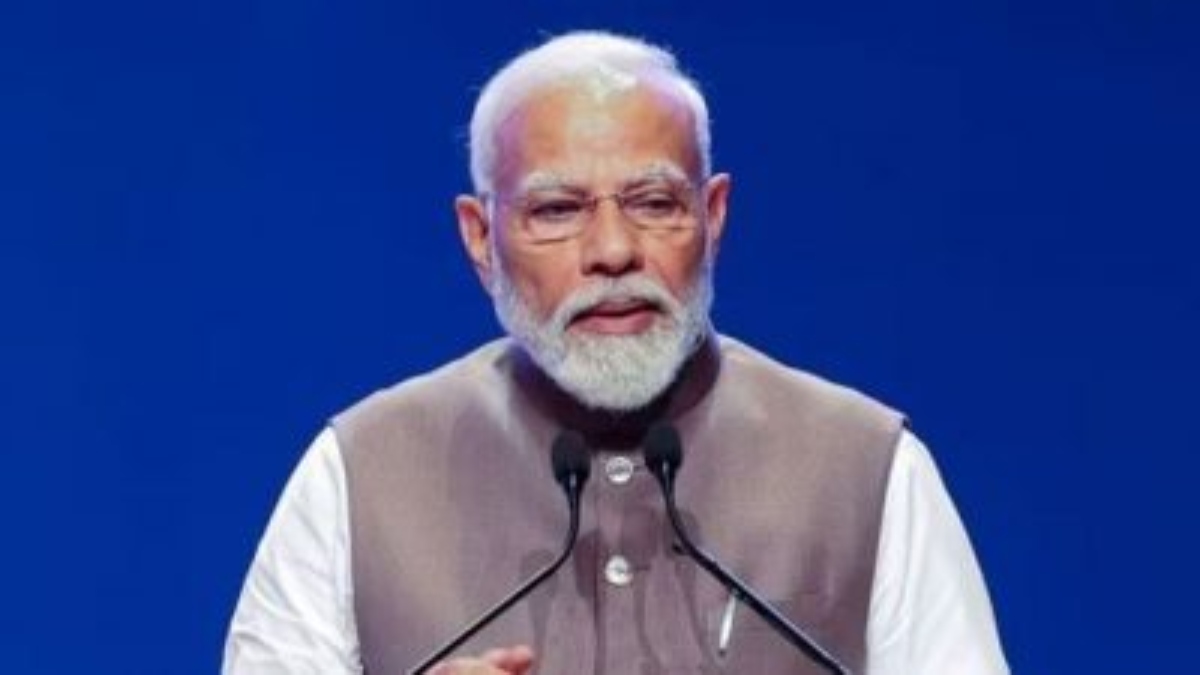Last Updated:
On this World Heart Day, India must confront the reality that silent heart attacks are no longer rare

Statistics from the National Crime Records Bureau reveal that among 34,210 heart attack deaths reported in a year, 9,277 occurred in adults aged 30–45.
Each year, on 29th September, the globe marks World Heart Day to remind people of the importance of cardiovascular well-being. In India, the concern is more urgent than ever. Heart disease is no longer confined to older age groups. Increasingly, Indians in their thirties, forties, and even twenties are falling victim to heart attacks often silently with devastating effects on families and society.
Almost half of all heart attacks in Indian men occur before the age of 50, and approximately 25 percent before the age of 40. Statistics from the National Crime Records Bureau reveal that among 34,210 heart attack deaths reported in a year, 9,277 occurred in adults aged 30–45. This is not only a medical emergency but also a socio-economic one, striking people in their most productive years.
Recommended Stories
Dr. Niranjan Hiremath, Senior Consultant, Cardiovascular and Aortic Surgeon, and Surgical Lead of the Apollo Aortic Program at Indraprastha Apollo Hospitals, shares “The fact that many of these heart attacks are silent makes them particularly hazardous. For young Indians, symptoms are rarely textbook. Instead of crushing chest pain, they may experience acidity, lethargy, dizziness, or mild breathlessness, symptoms often brushed off as lifestyle stress, late work hours, or gastritis. By the time they reach a hospital, their arteries may already be critically blocked.”
Why Silent Heart Attacks Are Rising in India
A number of uniquely Indian factors are driving this epidemic. Genetics is one. South Asians, including Indians, have a greater predisposition to insulin resistance, central obesity, and dyslipidemia. Even those who appear lean may have dangerous visceral fat around the abdomen making them “thin outside, fat inside” (TOFI), a high-risk phenotype.
Lifestyle diseases are compounding the risk. According to the Indian Council of Medical Research (ICMR), almost 29 percent of Indians are hypertensive and 11 percent are diabetic, with many cases undiagnosed. “Urban life marked by sedentary desk jobs, long commutes, and excessive screen time leaves little room for physical activity. Diets remain heavy in refined carbohydrates, fried foods, snacks, and sugary drinks. Tobacco use, both smoking and chewing, is still widespread, particularly among young men,” says Dr Hiremath.
Environmental stressors add further burden. Indian cities rank among the world’s most polluted, and long-term exposure to toxic air is increasingly recognized as a major contributor to cardiovascular disease. Stress is another culprit. Young Indians in corporate and service sectors face long working hours, job insecurity, and chronic sleep deprivation, all of which elevate cortisol, raise blood pressure, and accelerate heart disease.
The Clinical and Social Toll
Hospital admissions reflect the scale of the problem. Cardiologists in Delhi, Mumbai, and Bengaluru report that nearly one-fifth of patients admitted with acute coronary syndrome are below 40 years of age. Hospitals in northern states such as Uttar Pradesh and Punjab where high-fat diets and smoking are prevalent, see particularly large numbers of young patients with severe blockages. Unlike older patients, younger ones often present with more aggressive disease, requiring complex interventions like multi-vessel angioplasty or bypass surgery.
The clinical consequences are grave. Silent heart attacks often go undetected until irreversible damage has occurred. Survivors are left with permanently impaired cardiac function, a lifetime of medication, limited activity, and psychological trauma. On a societal scale, the economic burden is immense: India is losing a significant portion of its productive workforce to preventable disease.
Prevention Is the Only Way Forward
Prevention must be made a national priority. Routine screening for blood pressure, cholesterol, and blood sugar should begin in early adulthood, especially for those with a family history of heart disease. Lifestyle modifications are key: nutrient-dense Indian diets rich in vegetables, pulses, whole grains, and fruits, with fewer fried and processed foods; regular physical activity such as brisk walking, cycling, or yoga; and the total elimination of tobacco. Workplaces should implement health screenings and wellness programs to identify risks early.
Physicians, too, need to be alert. As Dr. Hiremath stresses, young patients presenting with non-specific symptoms should not be dismissed. A simple ECG or troponin test can be life-saving. Policymakers must also act through stricter anti-tobacco laws, clearer food labeling, and more targeted campaigns on heart health among the youth.
A Call to Action on World Heart Day
On this World Heart Day, India must confront the reality that silent heart attacks are no longer rare. The stereotype of heart disease as a condition of the elderly is outdated. Increasingly, it is the young who are at risk. Unless India takes decisive action through awareness, prevention, and early detection, the silent epidemic of heart disease will continue to steal loved ones from families and the nation of its future.
About the Author

Swati Chaturvedi, a seasoned media and journalism aficionado with over 10 years of expertise, is not just a storyteller; she’s a weaver of wit and wisdom in the digital landscape. As a key figure in News18 Engl…Read More
Swati Chaturvedi, a seasoned media and journalism aficionado with over 10 years of expertise, is not just a storyteller; she’s a weaver of wit and wisdom in the digital landscape. As a key figure in News18 Engl… Read More
September 22, 2025, 18:36 IST
Loading comments…
Go to Source
Author: News18


)
)